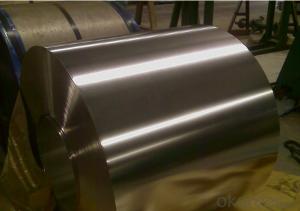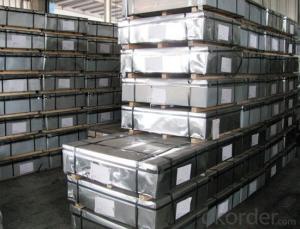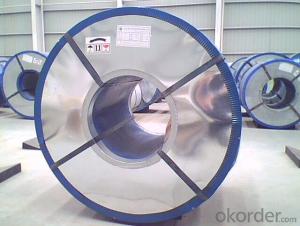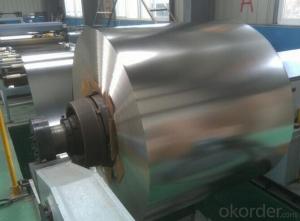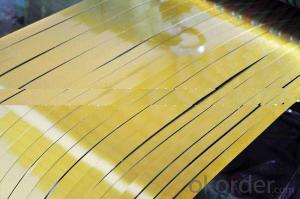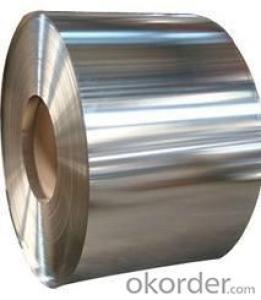Electrolytic Tinplate (ETP) Coils and Sheets for Foods Packaging
- Loading Port:
- Tianjin
- Payment Terms:
- TT OR LC
- Min Order Qty:
- 25 m.t.
- Supply Capability:
- 7000 m.t./month
OKorder Service Pledge
OKorder Financial Service
You Might Also Like
1.Structure of Electrolytic Tinplate (ETP) Description
Electrolytic Tin Plate Coils and Sheets for Foods Metal Packaging, is one thin steel sheet with a coating of tin applied by electrolytic deposition. Tinplate made by this process is essentially a sandwich in which the central core is strip steel. This core is cleaned in a pickling solution and then fed through tanks containing electrolyte, where tin is deposited on both sides. As the strip passes between high-frequency electric induction coils, it is heated so that the tin coating melts and flows to form a lustrous coat.
2.Main Features of the Electrolytic Tinplate (ETP)
Appearance – Electrolytic Tin Plate is characterized by its beautiful metallic luster. Products with various kinds of surface roughness are produced by selecting the surface finish of the substrate steel sheet.
Paintability and printability – Electrolytic Tin Plates have excellent paintability and printability. Printing is beautifully finished using various lacquers and inks.
Formability and strength – Electrolytic Tin Plates have got very good formability and strength. By selecting a proper temper grade, appropriate formability is obtained for different applications as well as the required strength after forming.
Corrosion resistance – Tinplate has got good corrosion resistance. By selecting a proper coating weight, appropriate corrosion resistance is obtained against container contents. Coated items should meet 24 hour 5 % salt spray requirement.
Solderability and weldability – Electrolytic Tin Plates can be joined both by soldering or welding. These properties of tinplate are used for making various types of cans.
Hygienic – Tin coating provides good and non toxic barrier properties to protect food products from impurities, bacteria, moisture, light and odours.
Safe – Tinplate being low weight and high strength makes food cans easy to ship and transport.
Eco friendly – Tinplate offers 100 % recyclability.
Tin is not good for low temperature applications since it changes structure and loses adhesion when exposed to temperatures below – 40 deg C.
3.Electrolytic Tinplate (ETP) Images
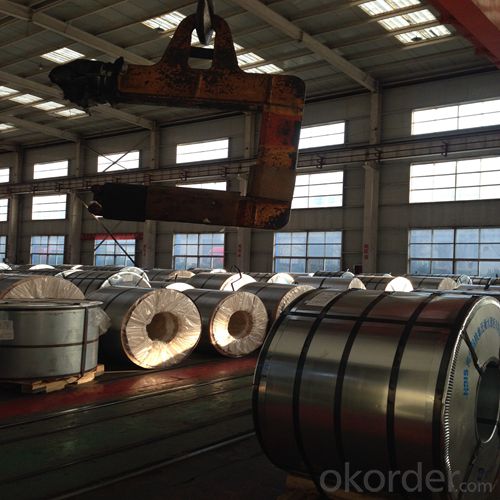
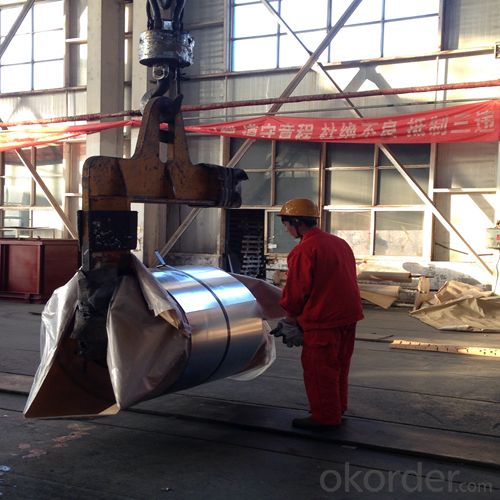
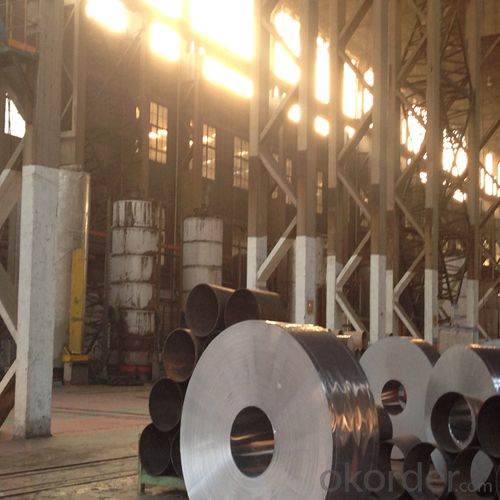

4.Electrolytic Tinplate (ETP) Specification
Standard | ISO 11949 -1995, GB/T2520-2000,JIS G3303,ASTM A623, BS EN 10202
|
Material | MR,SPCC |
Thickness | 0.15mm - 0.50mm |
Width | 600mm -1150mm |
Temper | T1-T5 |
Annealing | BA & CA |
Coil Inner Diameter | 508mm |
Weight | 6-10 tons/coil 1~1.7 tons/sheets bundle |
Passivation | 311 |
Oil | DOS |
Surface | Finish,bright,stone,matte,silver |
5.FAQ of Electrolytic Tinplate (ETP)
- How are the Electrolytic Tin Plates specified?
The Electrolytic Tin Plates are specified as per the steel base, extent of tempering, the coating weight, annealing method and the surface finish.
- How many types there are for base steels?
The base steels are of three types: Type MR, L, D
Please send us Email. we will give you a quick response in seconds .
- How is your quality ?
All our quality is prime even the secondary quality . We have many years experience
In this field with serious quality control standard . Advanced equipment, We welcome your visit to our factory .
- Q:Can tinplate be used for packaging confectionery products?
- Yes, tinplate can be used for packaging confectionery products. Tinplate is a durable and corrosion-resistant material that provides an effective barrier against moisture, light, and oxygen, which helps to maintain the freshness and quality of confectionery products. Additionally, tinplate offers attractive printing and decorative options, making it suitable for branding and marketing purposes in the confectionery industry.
- Q:What are the main factors affecting tinplate coil cutting and slitting?
- The main factors affecting tinplate coil cutting and slitting are the thickness and quality of the tinplate, the sharpness and alignment of the cutting blades, the tension and speed of the slitting process, and the skill and expertise of the operators. Other factors such as the condition of the slitting machine, the presence of any defects or irregularities in the tinplate, and the desired width and accuracy of the final cuts also play a role in the process.
- Q:What are the different types of tinplate edge finishes?
- There are typically three main types of tinplate edge finishes: open, closed, and inward rolled. The open edge is the most common and leaves the tinplate edge exposed, while the closed edge is formed by folding the edge of the tinplate under itself for a more finished appearance. The inward rolled edge is created by rolling the edge of the tinplate towards the inside of the can, providing a smoother and safer edge.
- Q:What are the industry standards for tinplate?
- The industry standards for tinplate typically include specifications regarding the tin coating thickness, base metal quality, surface finish, dimensional tolerances, and other relevant characteristics. These standards are established by organizations such as the International Organization for Standardization (ISO) and the American Society for Testing and Materials (ASTM), ensuring consistency and quality across the tinplate industry.
- Q:Why tin printing after a layer of light oil
- The performance of tin light oil to complete all printing tin printing, to cover a layer of light oil, to increase the printing surface gloss and anti scratch performance, but also increase a certain hardness, the printing surface coating has certain flexibility and corrosion resistance.
- Q:How does the printing process affect the durability of tinplate?
- The printing process can significantly affect the durability of tinplate. The printing ink used can provide a protective layer that helps prevent corrosion and enhance the tinplate's resistance to external factors such as moisture and abrasion. Additionally, the printing process can also impact the adhesion of the coating on the tinplate, which can further improve its durability.
- Q:Can tinplate be painted?
- Yes, tinplate can be painted.
- Q:How is tinplate different from other types of metal packaging?
- Tinplate is different from other types of metal packaging, such as aluminum or steel, primarily because it is made from thin sheets of steel coated with a layer of tin. This tin coating provides several advantages, including corrosion resistance, enhanced shelf life, and a glossy appearance. Additionally, tinplate is lightweight, malleable, and easy to shape, making it suitable for various packaging applications.
- Q:What is the shelf life of products packaged in tinplate?
- The shelf life of products packaged in tinplate can vary depending on the specific product and its storage conditions. However, tinplate is known for its excellent protection against moisture, light, and oxygen, which helps to extend the shelf life of packaged goods. Generally, products packaged in tinplate can have a shelf life ranging from several months to years, ensuring product freshness and quality for an extended period.
- Q:What are the different methods of sealing tinplate containers?
- There are several methods of sealing tinplate containers, including double seaming, soldering, welding, and using adhesive or pressure-sensitive seals. Each method offers its own advantages and is chosen based on factors such as the contents of the container, desired level of seal integrity, and production requirements.
1. Manufacturer Overview |
|
|---|---|
| Location | |
| Year Established | |
| Annual Output Value | |
| Main Markets | |
| Company Certifications | |
2. Manufacturer Certificates |
|
|---|---|
| a) Certification Name | |
| Range | |
| Reference | |
| Validity Period | |
3. Manufacturer Capability |
|
|---|---|
| a)Trade Capacity | |
| Nearest Port | |
| Export Percentage | |
| No.of Employees in Trade Department | |
| Language Spoken: | |
| b)Factory Information | |
| Factory Size: | |
| No. of Production Lines | |
| Contract Manufacturing | |
| Product Price Range | |
Send your message to us
Electrolytic Tinplate (ETP) Coils and Sheets for Foods Packaging
- Loading Port:
- Tianjin
- Payment Terms:
- TT OR LC
- Min Order Qty:
- 25 m.t.
- Supply Capability:
- 7000 m.t./month
OKorder Service Pledge
OKorder Financial Service
Similar products
New products
Hot products
Hot Searches
Related keywords
